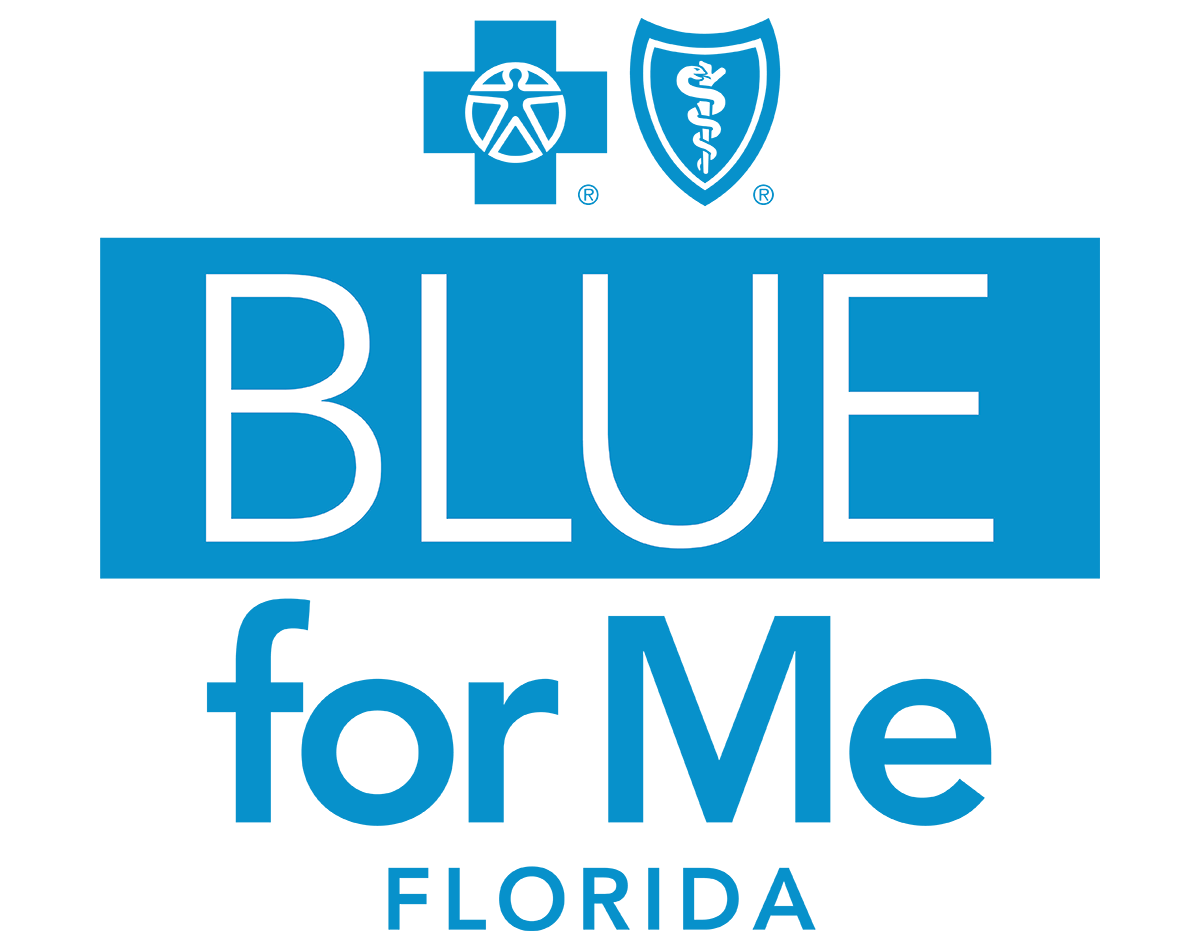5 Ways to Ease Back Pain Without Surgery
Try these expert-approved alternatives to going under the knife for chronic back pain.

You may be among the millions of Americans looking to relieve ongoing back problems with something other than opioid painkillers or surgery. If so, there’s good news: You can choose from plenty of treatment options that can provide just as much (if not more) relief from back pain.
In fact, most patients with chronic back pain won’t benefit from surgery, says Jianguo Cheng, M.D. Dr. Cheng is former president of the American Academy of Pain Medicine. Opioids should always be one of the last options you and your doctor discuss, says Dr. Cheng. What often helps is a mix-and-match approach to treatment. Here’s a closer look at some of those therapies and the types of back pain they can help the most.
1. Physical Therapy
Long gone are the days when rest was prescribed for aching backs. Today, we know that strengthening your core muscles plays a key role in stabilizing the spine and helping your back handle more stress. Physical therapy and stretching are 2 of the best treatment options to help you do that.
The exercises prescribed for back pain vary from patient to patient. It’s important to take your therapist’s orders seriously. Do all the exercises they recommend. Your primary care doctor can refer you to a physical therapist.
Best for: All types of chronic back pain.
For help finding an in-network physical therapist, log in to your BlueForMe app, the digital health management tool that is included with your health plan. Your care advocate can make a referral and even help set up your appointment. Call 844-730-2583 to see if you’re eligible for BlueForMe today.
2. Yoga
In one study, adults with chronic low back pain were put on a 12-week yoga program. The results? The group got just as much pain relief and improved quality of life as people who received individualized physical therapy.
The yoga program included a weekly 75-minute class with an instructor. Participants also did relaxation and breathing exercises. They were encouraged to practice yoga at home too.
It’s important that the exercises be gentle (no power yoga) and focus on the back and legs. Make sure to attend classes at a qualified center with experience in back pain management. And don’t try to do an exercise if it feels painful or uncomfortable.
Best for: Moderate chronic lower back pain.
3. Nerve Blocks
Has your doctor pinpointed the cause and location of your pain? If so, you may be a candidate for nerve blocks. These are medications that are injected near certain nerves to ease pain and/or inflammation. Nerve blocks for your back might include:
- Epidural steroid injection. Epidurals are best known as being used to ease pain while giving birth. But they can also help with lower back pain. This medication is injected into the lumbar epidural area, which covers the spinal cord.
- Lumbar sympathetic block. This is an injection into or around the sympathetic nerves on both sides of your spine in the lower back. It can help relieve lower back and leg pain.
The evidence for nerve blocks is generally good. But the results can vary. Some people have immediate relief. Others may not notice any substantial benefits for a few weeks, or until they’ve had a few series of injections. (They’re often repeated 3 to 6 times a year.) These treatments are most often prescribed along with physical therapy.
Best for: Back pain with a known cause. Some doctors use them to rule out certain causes of pain if patients don’t respond to the injection.
4. Balloon Kyphoplasty
Your doctor may suggest balloon kyphoplasty to treat a vertebral compression fracture. This type of fracture is a small break in spinal column bone mass that causes the spine to shorten and curve forward. The procedure involves inserting an orthopedic balloon directly into the affected part of the spine. The inflated balloon lifts and repositions the damaged bone. Then a bone cement injection holds it in place.
This is typically an outpatient procedure, with people going home the same day. You can get back to doing normal activities almost right away. But you shouldn’t lift anything heavy for at least 6 weeks.
Best for: Vertebral compression fractures.
5. Electrotherapy
The evidence for TENS units (or transcutaneous electrical nerve stimulators) is mixed. But many doctors say the treatment is worth a try for short-term relief.
Here’s how it works: Battery-powered electrodes are placed on your skin near nerves where you’re having pain. The electrodes deliver a low-voltage electrical current. The stimulation can feel like a prickling or tingling sensation. It’s thought to release a flood of pain-numbing endorphins.
Your doctor may prescribe a TENS device for you. They’re also available to buy over the counter at local pharmacies, big-box stores, and medical supply stores.
Best for: Nerve-related pain.
The Bottom Line
Chronic back pain can be tough to handle. But there are non-surgical and non-medication options that can offer relief. Talk to your doctor about which ones might be right for you.
For more information about these and other pain management treatments, check out the private health resource library in your BlueForMe app. You’ll find articles and advice reviewed by medical experts you can trust. Call 844-730-2583 to see if you’re eligible for BlueForMe today.
[Source:]
[1] Saper RB, Lemaster C, Delitto A, et al. “Yoga, Physical Therapy, or Education for Chronic Low Back Pain.” Annals of Internal Medicine, June 20, 2017.
DISCLAIMER: Florida Blue has entered into an arrangement with Wellframe to provide members with care decision support services, information and other services. This article is provided by Linkwell Health through their arrangement with Wellframe. Please remember that all decisions that require or pertain to independent professional medical/clinical judgment or training, or the need for medical services, are solely your responsibility and the responsibility of your physicians and other healthcare providers. Wellframe is an independent company that provides online services to Florida Blue members through the Blue for Me app.
